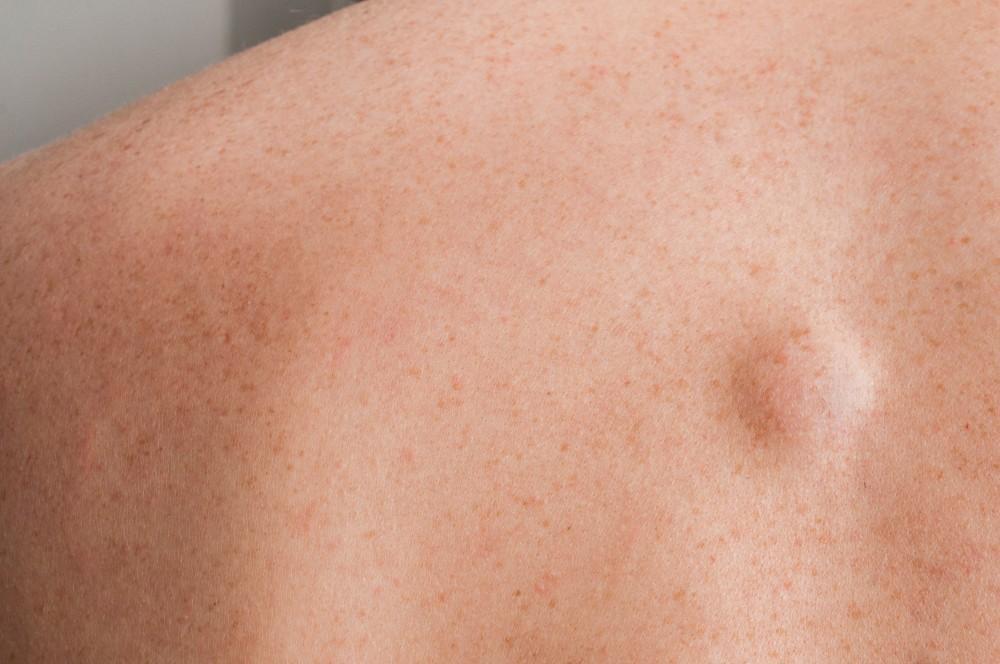Lipomas, benign tumors made up of fatty tissue, are generally harmless but can sometimes cause discomfort or aesthetic concerns for those who have them. If you're looking for affordable treatment options, it's essential to understand what lipomas are, the various treatment methods available, and how to manage costs effectively. This article explores affordable Lipoma Treatment in Dubai options that work while ensuring you receive the best care.
Understanding Lipomas
Lipomas are soft, rubbery lumps that typically develop just beneath the skin. They are most commonly found on the torso, arms, and thighs, but can occur anywhere on the body. Lipomas usually feel movable and are generally painless. Although they often don't require treatment, many individuals seek removal for cosmetic reasons or if the lipoma causes discomfort.
When to Seek Treatment
While most lipomas are harmless, you may want to consider treatment if:
- The lipoma grows larger.
- It becomes painful or uncomfortable.
- You are self-conscious about its appearance.
If any of these situations apply, it’s important to consult a healthcare professional to discuss your options.
Affordable Treatment Options
When considering treatment for lipomas, there are several affordable options available:
1. Watchful Waiting
If the lipoma is small, painless, and not causing any problems, you might not need to take any immediate action. Regular monitoring or “watchful waiting” can be an effective approach, allowing you to keep an eye on the lipoma without incurring any treatment costs. Many healthcare providers will suggest this method as the first step, especially if the lipoma is not bothersome.
2. Surgical Excision
Surgical excision is the most common and effective treatment for lipomas. The procedure involves making an incision in the skin to remove the lipoma entirely.
Cost Considerations:
- Surgical excision can vary in cost depending on the healthcare facility, surgeon’s fees, and geographical location. However, it is generally more affordable than other specialized procedures.
- Many insurance plans cover lipoma removal, particularly if it is symptomatic. Check with your insurance provider for details on coverage and potential out-of-pocket costs.
Pros:
- Complete removal of the lipoma, reducing the chance of recurrence.
- Typically, a quick recovery time.
Cons:
- Some scarring may occur, depending on the size and location of the lipoma.
3. Minimally Invasive Techniques
Advances in technology have led to the development of minimally invasive procedures for lipoma removal. These techniques may include:
- Endoscopic Surgery: This approach uses a small camera and instruments to remove the lipoma through tiny incisions, resulting in minimal scarring and quicker recovery.
- Laser-Assisted Removal: This method uses laser technology to dissolve the lipoma while minimizing damage to surrounding tissue.
Cost Considerations:
- Minimally invasive techniques may be more expensive than traditional excision, but they can result in less recovery time and fewer complications.
Pros:
- Smaller incisions lead to reduced scarring and quicker healing.
- Less postoperative discomfort compared to traditional surgery.
Cons:
- Availability may vary based on the healthcare provider or facility.
- Not all lipomas are suitable for these techniques.
4. Lipolysis Injections
Lipolysis injections involve injecting substances that help dissolve fat cells directly into the lipoma. This method is still being researched but may be suitable for smaller lipomas and offers a non-surgical alternative.
Cost Considerations:
- Lipolysis injections may be less expensive than surgical options and can sometimes be performed in an outpatient setting.
Pros:
- Minimally invasive with little to no downtime.
- Potentially effective for smaller lipomas.
Cons:
- Multiple sessions may be required, and results can vary.
- Research on efficacy and safety is ongoing.
5. Alternative Remedies
While medical treatments are generally recommended, some individuals explore alternative remedies for managing lipomas. Though scientific evidence supporting their effectiveness is limited, these options can be considered as complementary approaches:
- Dietary Changes: Some believe that a diet low in saturated fats and high in fruits and vegetables may help manage fat deposits in the body. However, this is not a guaranteed treatment and should be viewed as part of a healthy lifestyle rather than a cure.
- Natural Supplements: Herbal remedies like turmeric and apple cider vinegar are sometimes suggested for various health benefits, including fat metabolism. However, always consult with a healthcare professional before trying any supplements to ensure safety and compatibility with other treatments.
Cost Management Strategies
When considering lipoma treatment, here are some strategies to manage costs effectively:
- Insurance Coverage: Check with your health insurance provider to see if they cover lipoma removal, particularly if the lipoma is symptomatic. Understanding your policy can significantly reduce out-of-pocket expenses.
- Payment Plans: Many healthcare providers offer payment plans that allow you to spread the cost of treatment over time. Ask about available options during your consultation.
- Community Health Clinics: Some community health clinics and nonprofit organizations may offer affordable treatment options or sliding scale fees based on income. Research local resources in your area.
- Discuss Costs with Your Provider: Before proceeding with any treatment, openly discuss costs with your healthcare provider. They can help you understand the price range for different options and suggest the most cost-effective treatments based on your specific situation.
- Consider Multiple Treatments: If you have multiple lipomas, discuss the possibility of removing them in a single procedure. This approach can help save on costs and minimize recovery time.
Conclusion
While lipomas are typically harmless, the desire to remove them for aesthetic or comfort reasons is common. There are several affordable treatment options available, ranging from surgical excision to alternative remedies. By understanding your options and exploring cost management strategies, you can find a treatment path that suits both your needs and budget.
Always consult with a healthcare professional to ensure the best care and to make informed decisions about your lipoma treatment. With the right approach, you can effectively manage your lipoma and enjoy improved comfort and confidence.





Comments